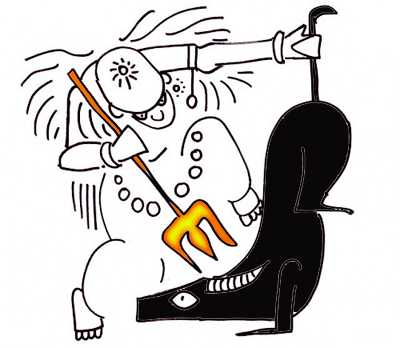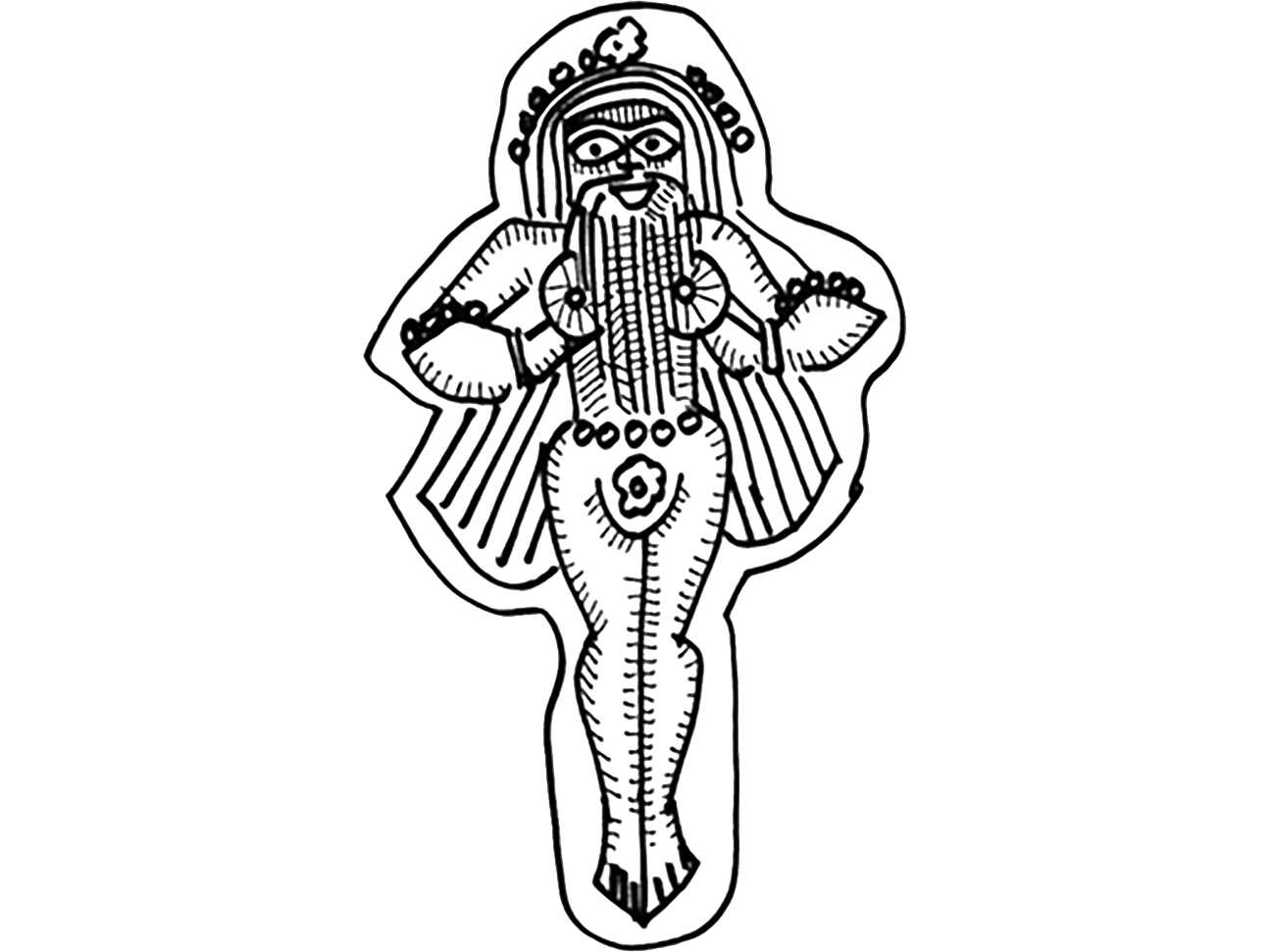Published in Sunday Midday on 17 April, 2010.
For the past few weeks, newspapers are full of articles talking of how greedy mining companies are destroying the environment, displacing tribal people, disseminating communities, ruining health, flouting all norms of appropriate social conduct. It is, we are told, a nexus of politicians and bureaucrats and corporate houses. With their backs against the walls, the poor are fighting back — sometimes turning into Maoists and Naxalities. Unfortunately, the audience that cheered the Na’vi in the Hollywood blockbuster Avatar will not cheer for them. We frown upon the mining companies. We also frown upon the Naxalites. All we can do is denounce them, and watch with helpless certainty as the world around us crumbles.
But the fact is, it is the existence of human society that results in the destruction of nature. And as long as human society exists and expands, the destruction of nature will continue. This point is repeatedly stated in the ancient scriptures. In the Mahabharata, in order to establish the city of Indra-prastha, the Pandavas set aflame the forest of Khandava-prastha, killing its many residents, including the serpents or Nagas. Unless the forest is burnt, the city cannot be built. Unless the trees are cut down, the fields cannot be established and the orchards cannot be set up. Unless the mountain is broken, the granite cannot be quarried. Unless the earth is broken, metal cannot be acquired. Culture is created by domesticating nature. Domestication of nature is violent — the bull has to be castrated so that as a bullock it can be turned into a beast of burden and the river’s course needs to be manipulated so that canals can carry water to the crops.
This idea of nature being destroyed is most powerfully represented by the image of Durga killing the buffalo-demon, Mahisha. Grand images of the warrior-goddess riding a lion and impaling the demon are decorated and worshipped in autumn months across India, especially in Bengal and Orissa. Why is this image part of harvest festivals? Why are children shown this extremely violent image and told to worship it? The traditional response is: the goddess is killing the villain. That is a simplistic, reductive and convenient answer that basically celebrates violence provided we are not the victims. It is easy to equate rich mining companies and/or Maoists (depending on our political leanings) with Mahisha and to assume the goddess is on our side or at least we are on hers.
But maybe, Mahisha represents the nature who has to be destroyed so that the mother can feed her children. This is a sacrifice. Blood is split so that crops can grow. Or maybe, this is the goddess killing the man, the fountainhead of culture. This is nature threatening to get back at culture. For one day, if the mining does not stop, and the tribal people continue to be disseminated, nature will get back — either as the Tsunami or as the Suicide Bomber Terrorist. The rage of nature will manifest, one way or the other.
Is the destruction of nature to create culture the Original Sin mentioned in the Bible? Did the Devil tempt us to improve on nature and in doing so compel us to destroy nature? Is that the primal guilt of humanity? The demand for the iron ore being mined across Orissa, Karnataka, Andhra Pradesh and Jharkhand is coming from countries that are being goaded to ‘grow’. Growth comes at a price that we are suddenly afraid to pay. Perhaps it is time to question growth. Why do we want to grow? Can we shift the focus from material growth to emotional growth — a growth that will make us more charitable and generous, and less insecure? Time to revisit the basics that we teach our children.











